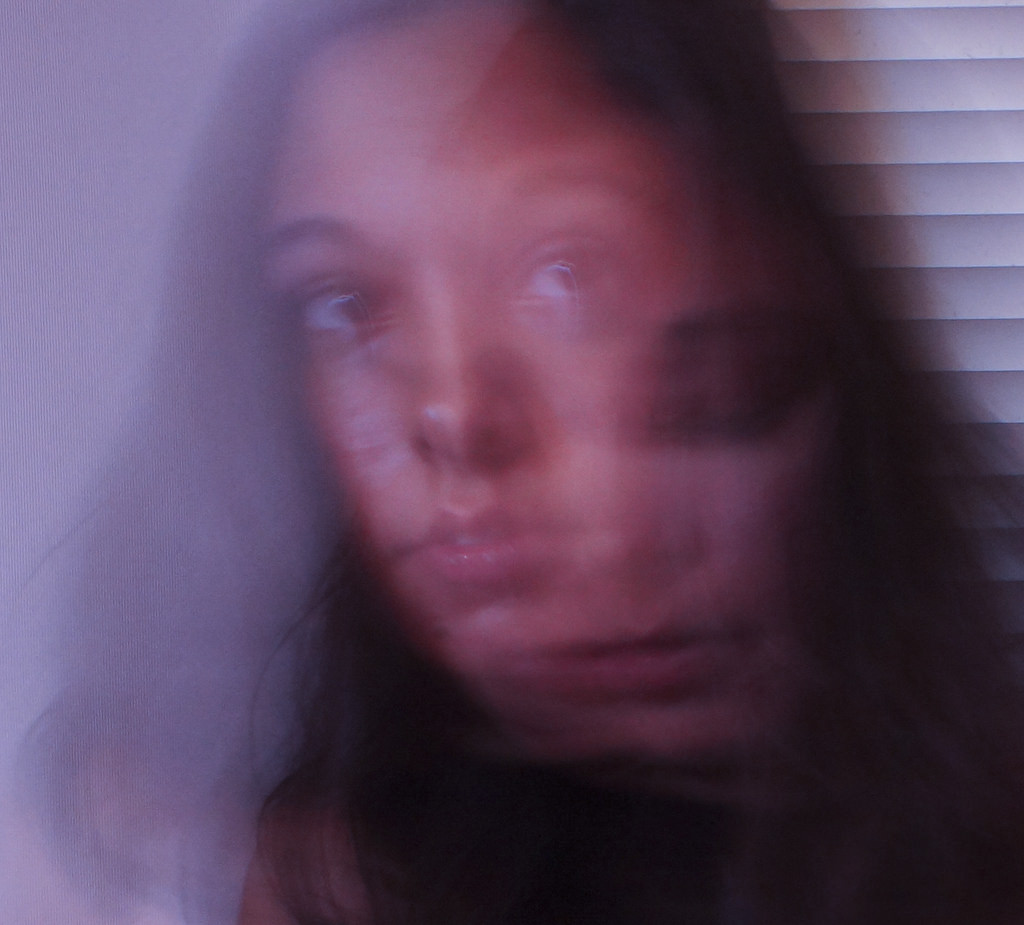Frankham’s reading, Complexity, flux and webs of connection, really hit home today, bringing together a bunch of ideas and thoughts that have been sitting with me since the beginning of the semester. The reading gives a clear example into how list formations are able to capture a broader set of connections inherent in any object. I thought I was beginning to have a better grasp of these theories and concepts, yet each time we have been asked to look over our work and find new ways to interpret the information; I have always found myself stuck. However, I have come to realise how much knowledge I actually have in this course, now realising that contemplation and confusion are not signs of being lost, but rather an indication that I’m heading in a clear direction.
Frankham outlines the balance of the spectator and author, highlighting the varying levels of interaction that are “activated” by works distinctive of de-formulated structures. Like the spectators he is talking about, I too have been “activated” by thought as I have attempted to bring together the various connections present in the process of this course. This chapter has come at a very important time as the semester reaches its close. This chapter reinitiates key conversations that we were having with Bogost at the start of the semester when lists were framed as a potential solution for documentaries that were trying to present “ideas, examples, feelings, sensations” through a network of interconnected elements in a media work. Despite gaining necessary clarity, it has dawned on me that the process I have finally come to understand is only one of the potentially many different ways to created documentaries. Listing is a process that “can” enable different groups of connections to be formed, however, there is a suggestion that this is not the only way to do this. This process is the starting point of our media creation, it forms the groundwork for what we have been doing, but opens up new doors of opportunity to explore different techniques of capturing the web of connections inherent in our life.
There are two things that I remain curious about and it is the observational qualities of a listing and the sense of the poetic and the aesthetic. In terms of the poetic and the aesthetic, I wonder what this actually entails? Is it all the different elements utilised to capture certain connections, such as lighting, sound and camera movement. Or is there more to this process that I’m not quite fully grasping? Perhaps I’m overcomplicating quite a simple word that could be employed to denote the certain arousing qualities of works that sustain connection within the spectator.
The second, more important thought I had when reading this chapter, was the way Frankham revisited Bill Nichols and his search for the observational ability of cinema to capture reality. Nichols establishes how the observational nature of documentary films embodies “a mosaic” structure in which the wholeness of a media piece has potential to be superseded by the infiniteness of “paradigmatic relations” that makes it impossible to offer any resolution. It is the way that exploring multiple connections opens up new facets of possibility, highlighting the lack of understanding as each previous facet openings up more avenues to explore these relations. Although there is a distancing effect in “relational aesthetic” documentaries, there is a closeness that forms around the microscopic viewpoint of listing different things. The “mosaic” offers a redefinition into the meaning of a montage, upon which media makers are able to use the new techniques of montage to explore the complexity of life. Ross Gibson offers a very important point that makes me wonder about the ability of “relational documentaries” to capture reality in a way that other ways of media making simply, cannot do, “a process that grants you access to a clearer sense of the governing codes of an emerging actuality”.
In cinemas obsession with obtaining the actuality of human experience and other forms of life on this planet, does this emerging brand of “relational films” offer a much-needed redefinition into how one might be able to capture the “truth” of life? The infinite complexity that is explored contains glimpses into the inner workings of our life on this planet. Our material beings and our relations to the different processes around us are in constant “flux” much like the way these new documentaries delve into a seemingly endless variation of connections that surround us. It might be overwhelming to suggest, but there seems to be a goldmine of unexplored creativity that could give rise to a definitive “truth” of media experience, something that all of us crave.
As we begin to understand our relationship to the world around us, we begin to form a different view of our reality and its impact on us. This movement marks not only a radical shift in our creative processes but in our understanding of our entire existence. Without the backbone of solid reasoning and safety cruxes to hold onto, we remain feeling eternally lost in the complex world we live in. There is a sense of acceptance that comes with being open and aware of the magnitude that surrounds us. This shift comes only when we begin to accept that we are not the centre of the universe. When we accept that there are many different angles and connections to every living and nonliving thing, there comes a truth that cannot be ignored. The messiness of our being is brought to light as we delve deep into the shield of comfort we have built around our being for so long. Perhaps it is time to reinitiate a conversation into what “truth” means and redefine our values and decisions based on the “relational aesthetic” we are privy too everyday.

